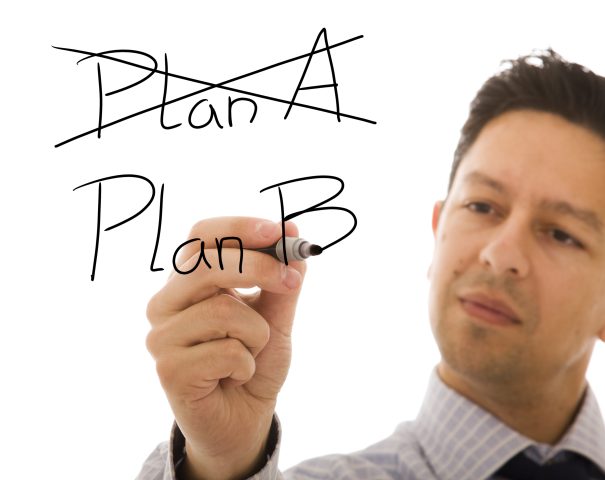The process of decision making is an integral part of our routine lives, shaping everything from private choices to work-related tactics. In a society overflowing with an overwhelming amount of information and options, honing the art of smart decision-making has become essential for achieving success and fulfillment. Whether you are facing a straightforward option or a complex dilemma, refining your decision-making skills can lead to more favorable consequences and enhanced self-assurance in your choices.
This comprehensive guide aims to equip you with proven techniques and insights into the dynamics of decision making. You will discover how to make better decisions under constraint, prevent decision burnout, and utilize your intuition and reasoning. With a focus on useful resources and methods, we will explore how to maneuver through the often complex field of decision making, enabling you to make choices that align with your beliefs and aspirations. Be prepared to change your mindset to decision making and discover the secret to a more decisive and satisfying existence.
Proven Strategies for Efficient Decision-Making
Successful judgments is vital for not only personal and career achievement. An time-tested method is to create a specific framework for your determinations. This involves defining your objectives, collecting relevant information, and assessing your alternatives against set benchmarks. By following a organized methodology, you can lessen uncertainty and make more informed decisions. Utilizing decision frameworks, such as the SWOT matrix or decision trees, can help simplify complex choices and provide clarity.
Another strategy is to integrate the habit of being present into your decision-making approach. By making a moment to calm your mind and feelings, you can gain cognitive clarity and minimize anxiety, allowing you to tackle choices more unbiased way. Being mindful helps you identify emotional responses that may impair judgment, leading to more logical choices. Taking thoughtful moments to reflect can also avoid rash choices based on impulse or external pressures.
In conclusion, accepting the role of gut feelings alongside logical reasoning can boost your decision-making capacity. Gut feelings, often derived in prior knowledge, can provide valuable information that data alone may fail to capture. By practicing to trust your instincts while also taking into account evidence, you can achieve a holistic perspective that integrates both logic and instinct. This method enables you to manage decisions with assurance, particularly in uncertain or high-pressure situations.
The Psychology and Science Behind Decision-Making
Understanding the psychology behind making decisions is important for perfecting this ability. Human thought processes is often influenced by cognitive biases, which can distort our reasoning and lead to suboptimal choices. For example, the readily available heuristic causes us to depend on immediate examples that come to mind, potentially ignoring better options. By becoming aware of these biases, individuals can actively work to counteract them and make more effective choices.
Furthermore, the impact of emotions cannot be ignored. Emotional intelligence plays a significant role in how we approach decisions, as our feelings can both cloud our judgment and provide important insights. Being aware of our emotional responses during the decision-making process can help align our gut feelings with logical reasoning. By training ourselves to acknowledge and control our feelings, we can enhance our ability to make decisions.
Finally, studies in behavioral science has shown that decision-making can also be influenced by environmental circumstances. For instance, the context in which a decision is made, such as the presence of interruptions or the time pressure we experience, can significantly affect our ability to assess options appropriately. Establishing an atmosphere conducive to thoughtful decision-making, including minimizing stressors and interruptions, can enhance our ability to analyze information and reach better outcomes.

Strategies for Certain Selections in Indecision
Making decisions in ambiguous circumstances can be challenging, but specific methods can help you move through ambiguity with assurance. Initially, embrace the concept that uncertainty is a part of existence. In place of pursuing absolute certainty, prioritize gathering pertinent information and assessing the dangers involved. Divide the decision into simpler elements, weighing benefits and drawbacks for each factor. This approach guides streamline your cognitive processes and allows you to see multiple possibilities more definitively.
An additional useful method is to implement a framework for decision-making to guide you. Frameworks like the DECISION model (Identify the issue, Set criteria, Evaluate options, Identify the best alternative, Formulate a strategy, Evaluate the decision) can provide guidance in chaotic moments. Additionally, seeking https://rentry.co/wumnr9h2 from reliable friends or colleagues can help you gain alternative perspectives, aiding in the decision-making process. This team-based approach can uncover choices you might not have noticed, leading to more knowledgeable decisions.
Lastly, nurture a mindset of resilience and versatility. Acknowledge that not every decision will lead to the desired outcome, and that is part of the development pathway. Develop the habit of analyzing past decisions, both good and unsuccessful, to identify patterns and takeaways. Considering uncertainty as an opportunity for growth, you can approach each decision with a sense of strength, ultimately making certain decisions even when outcomes are not guaranteed.
